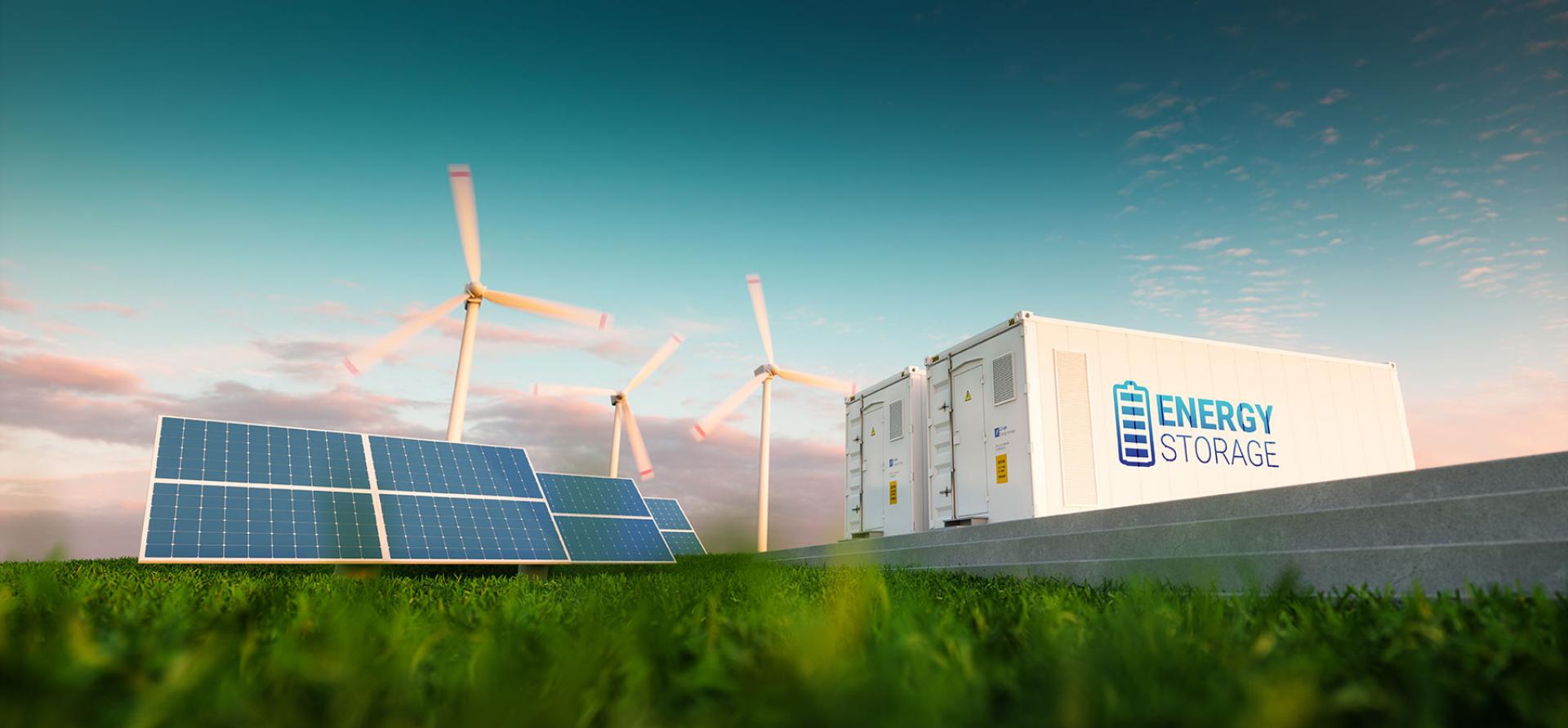Transformative impact of Inflation Reduction Act is coming into focus

Key Findings
The effects of the Inflation Reduction Act are already being considered by utilities
Midwest utilities are announcing faster retirement timelines for older, more expensive coal plants
The law is encouraging a faster buildout of renewables and battery storage
The Inflation Reduction Act (IRA) was enacted just three months ago, but its transformative impact on the transition to renewable energy is already coming into focus. Four recent announcements by utilities in the Midwest reveal just how much the IRA has improved the economics of adding solar, wind, and battery storage to their generation portfolios. In their latest plans, they have accelerated renewable construction timelines and expanded their planned renewable capacity. In some cases, this has led to significantly faster retirement timelines for older, more expensive coal generation.
All of these features are reflected in the new long-range integrated resource plan (IRP) of the big Michigan utility, DTE Energy, submitted to state regulators earlier this month. The utility has proposed adding 15,400 megawatts (MW) of renewable energy capacity and 1,810MW of battery storage, about four times more than its 2019 plan. The earlier IRP included less than 4,000MW of renewables and storage, most of which was pushed to the later years of the planning period.
The accelerated buildout of renewables has also enabled the utility to propose closing Monroe, one of the biggest coal plants in the country. The 3,086MW, four-unit plant located near the Ohio border, had been set to run until 2040. In the new plan, DTE would close two units 12 years earlier and the second two units five years earlier. This is especially noteworthy because Monroe has been the third-largest emitter of carbon dioxide in the U.S. for the past decade, averaging more than 16 million tons annually.
The company’s change of direction can be traced directly to the IRA, and its expanded and extended tax credits for renewables and battery storage. In the voluminous backup the company submitted regarding its future resource plan, which covers a span of 20 years, one quote stands out:
The final [preferred course of action (PCA)] is more affordable … more reliable … and decarbonizes faster than the preliminary PCA.
The only substantive difference between the two plans is the inclusion of updated cost modeling following the IRA’s passage.
DTE’s incorporation of some basic IRA modeling in its new IRP is unique at the moment, but other utilities are also talking about the new law’s likely impact in pushing a faster renewable-led electricity transition.
In another example, Minnesota Power filed a settlement agreement this month with state regulators regarding its pending long-term IRP that would double the amount of wind power it adds to its system by 2030, boost solar installations by 50 percent and add up to 500 megawatt-hours (MWh) of battery storage demonstration projects. One of the driving reasons for the expansion of renewables and storage from the 2020 plan, said Josh Skelton, the utility’s chief operating officer: The financial impact of the IRA.
A much greener, lower cost electricity grid will be here sooner than expected
Similarly, Missouri-based Evergy told analysts on its latest earnings call that the IRA’s renewable tax credits would lower wind and solar costs by more than 25%. Evergy is still largely dependent on coal-fired generation, with 52.4 percent of its installed capacity currently coming from coal plants, but the tax incentives certainly have been noticed.
"This economic support will further enhance our ability to take advantage of the abundant renewable potential of our region and deliver savings to our customers," David Campbell, Evergy’s president and CEO, told analysts during the call.
Even PPL Corp., the parent company of coal-dependent Louisville Gas & Electric and Kentucky Utilities, has taken notice of the changed environment. The company is preparing to file a plan with Kentucky regulators to replace 1,000MW of coal-fired generation that will be retired in 2028. Renewables are now clearly going to be considered.
Speaking to analysts on PPL’s most recent earning call, Vincent Sorgi, the company’s president and CEO, said: “The IRA has clearly improved the competitiveness of company-owned renewables versus third-party [power purchase agreement] pricing. The [production tax credit] optionality there, plus the additional tax attribute enhancements for certain types of labor, apprenticeship programs, and in our case we're using coal sites, etc. ... clearly, the economics are moving in the right direction from where we were before to now, post-IRA."
The IRA is rewriting the rules regarding the pace of the transition. A much greener, lower cost electricity grid will be here sooner than expected.
Dennis Wamsted is an energy analyst with the Institute for Energy Economics and Financial Analysis. IEEFA is an international think tank that supports the transition to a diverse, sustainable and profitable energy economy.















